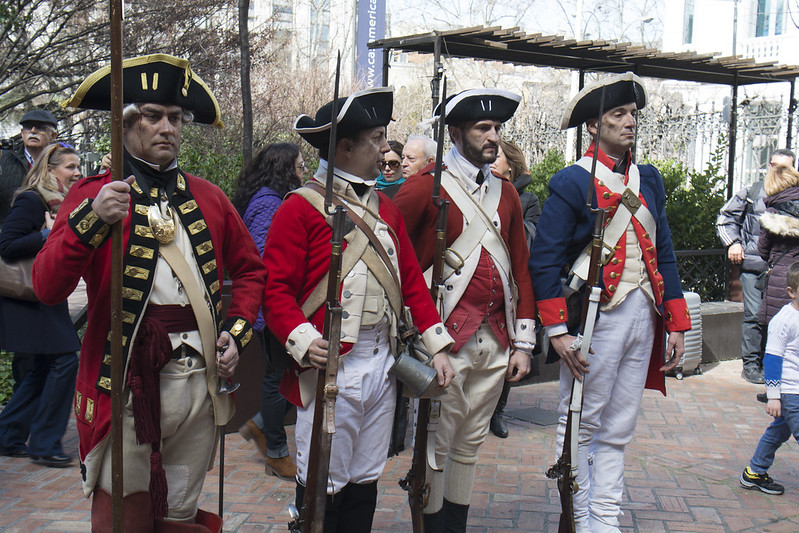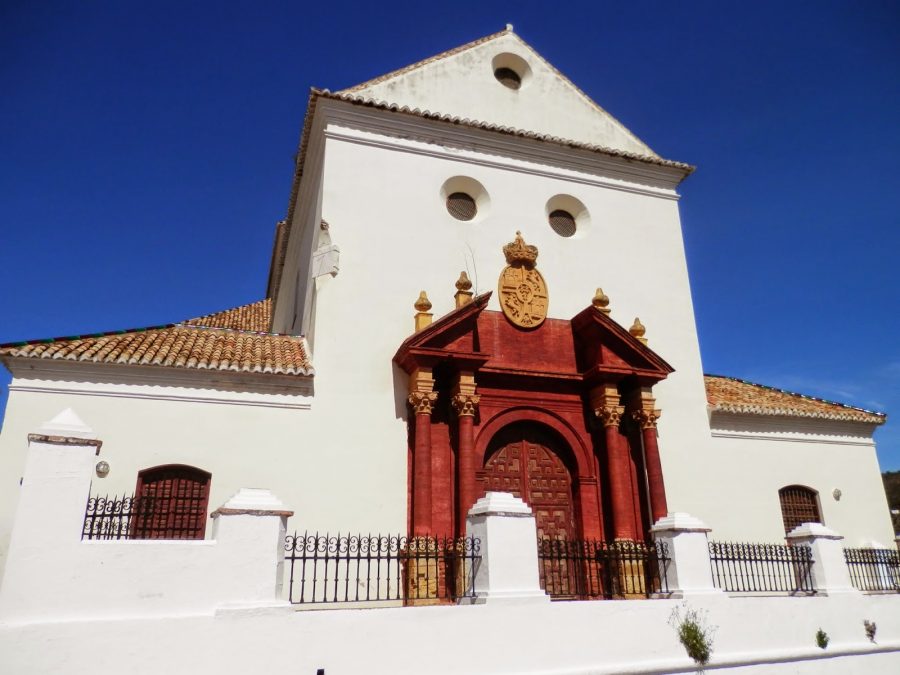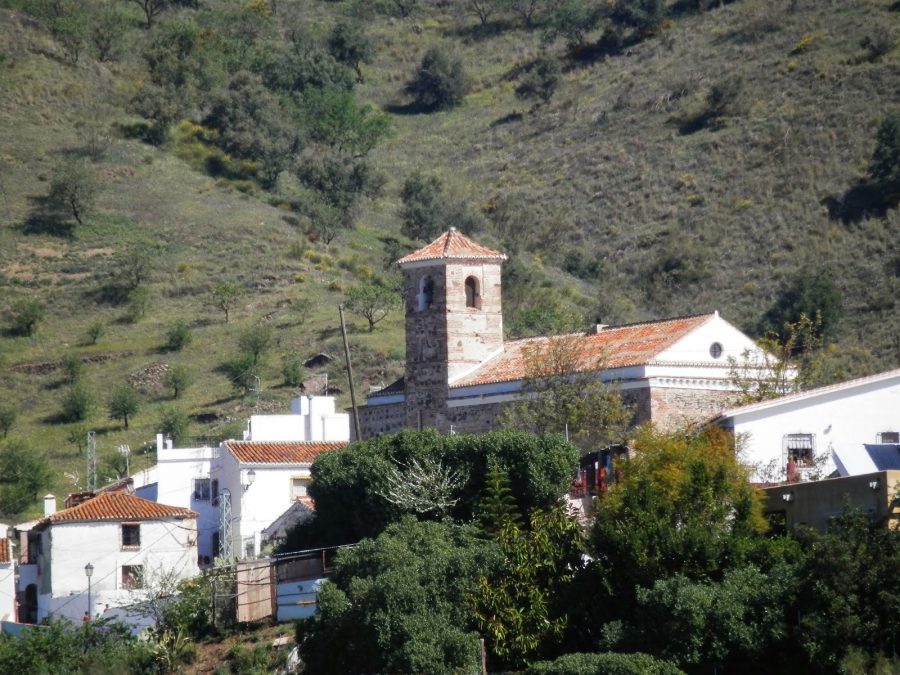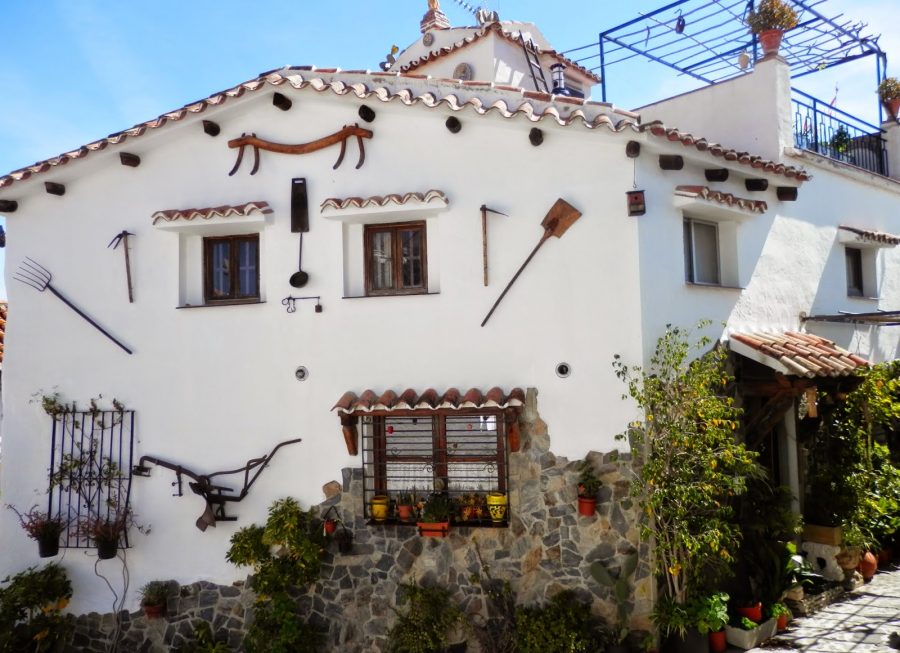MACHARAVIAYA – From small acorns great oaks grow, so the saying goes. This is particularly apt when considering how a small pueblo in the mountains of La Axarquia was the birthplace of a governor of Louisiana and one of only eight US honorary citizens.
You approach Macharaviaya via a winding road so redolent of Andalucían hillside villages. Turning right at a fork in the road you descend into the village’s plaza.
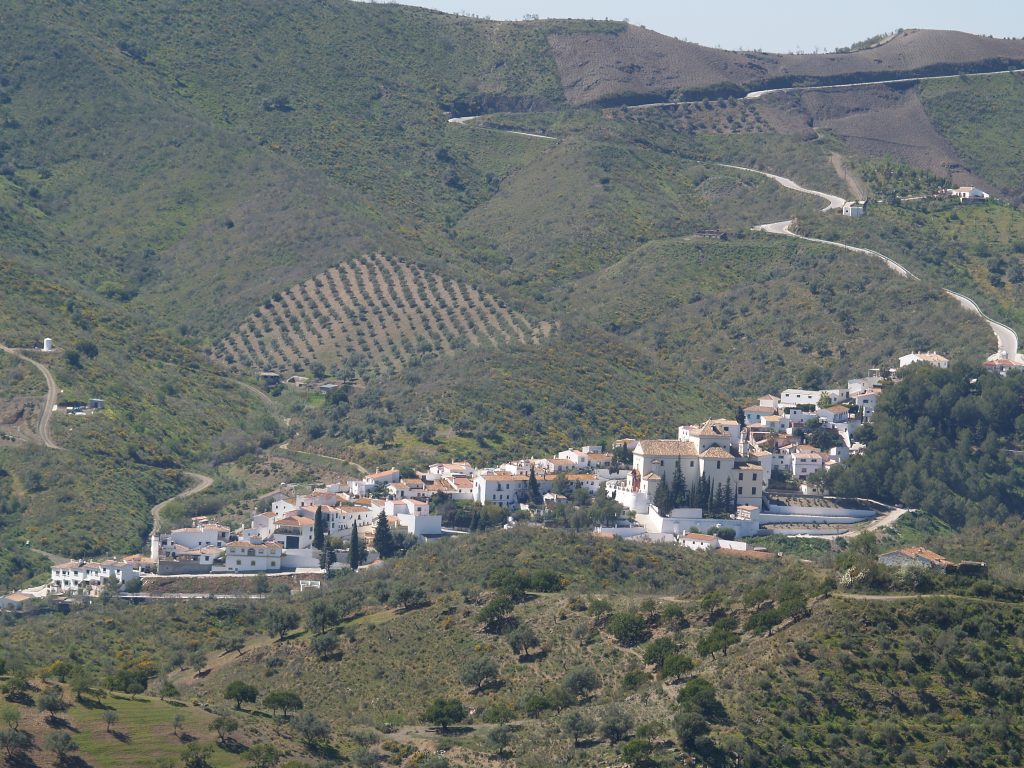
Macharaviaya from afar
In the centre of the small roundabout stands a statue of Bernardo de Gálvez. He holds a scroll and looks towards the ayuntamiento (town hall). Why the ayuntamiento? Because that is the direction of America, and it was there he made his name.
Who was Gálvez?
Bernardo de Gálvez y Madrid was also Viscount of Galveston and Count of Gálvez. Born in Macharaviaya on 23rd July 1746 he was a Spanish military leader and colonial administrator who served as colonial governor of Louisiana and Cuba, and later as Viceroy of New Spain.
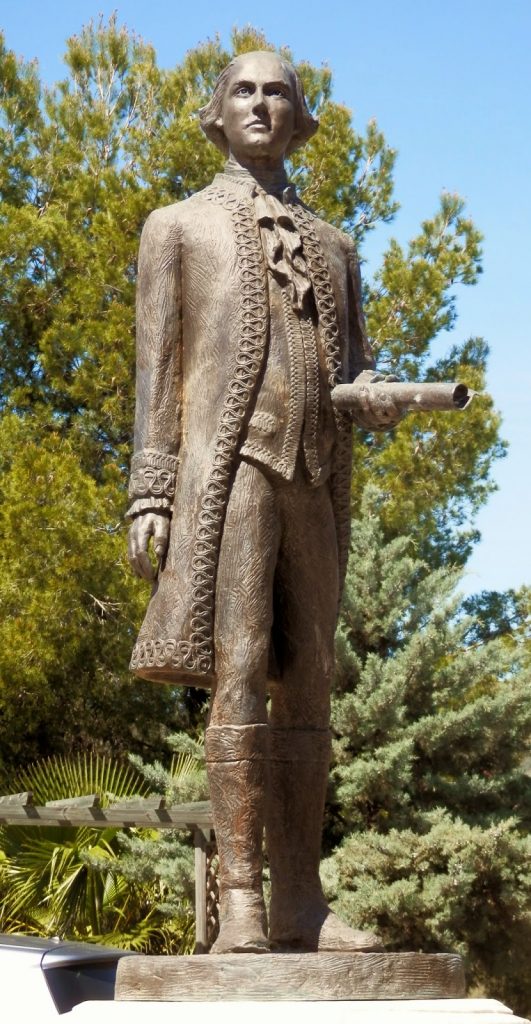 Before he went to the Americas he participated in the Spanish invasion of Portugal. However, it was his aiding of the American Thirteen Colonies in their quest for independence against Britain that was his crowning glory. He defeated the British at the Siege of Pensacola (1781) and reconquered Florida for Spain.
Before he went to the Americas he participated in the Spanish invasion of Portugal. However, it was his aiding of the American Thirteen Colonies in their quest for independence against Britain that was his crowning glory. He defeated the British at the Siege of Pensacola (1781) and reconquered Florida for Spain.
But Bernardo was not the only Gálvez to make a mark in history. Jose de Gálvez founded schools for boys and girls. The girls’ school was the first in Spain, four years before the next one opened in Madrid. He also built the church of San Jacinto, designed the shrine at the entrance to the village and instituted an agricultural bank. Miguel de Gálvez was the first to export the sweet wine of Axarquía, much loved by the Russian Tsarina Catherine the Great.
Gálvez family held all the cards
The Gálvez family were also patrons of the card factory in the village. This factory had the monopoly on the sale of playing cards in the American colonies. This was a family that made sure its homeland was not forgotten as they set out to conquer and protect new lands in the name of the King of Spain.
The Museo de los Gálvez in the village is testament to the family and provides a 3D animated talk available in several languages, as well as articles from the village’s history.
Artistic village
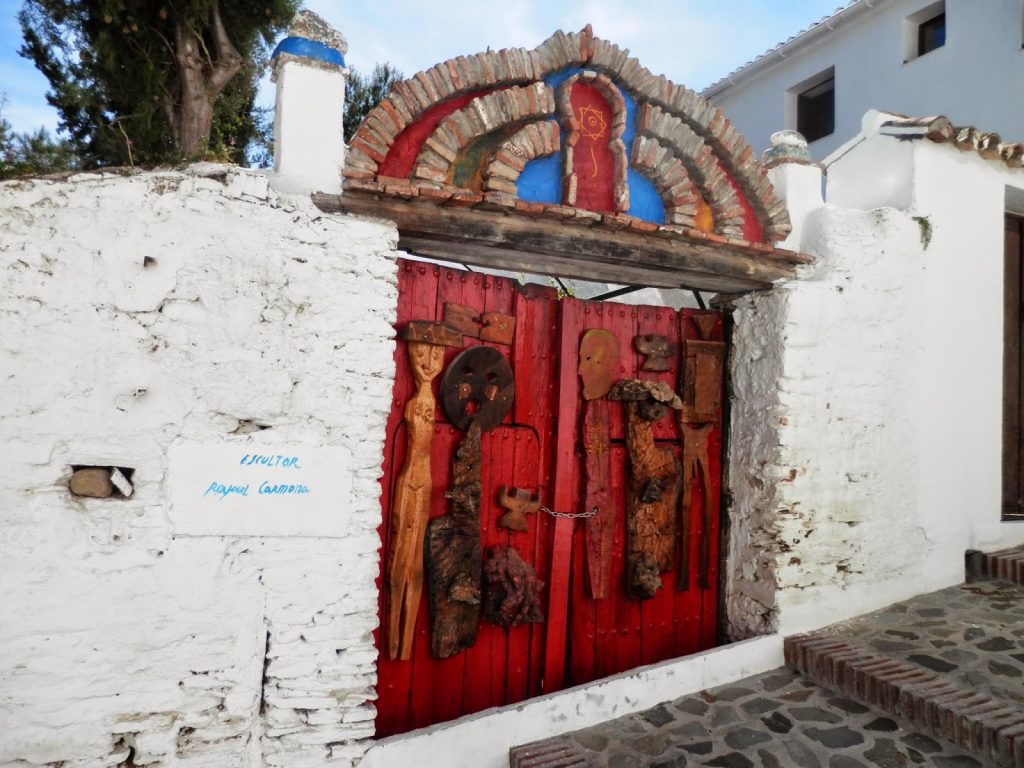
Macharaviaya, was founded in 1572 on the remains on a Moorish site. It is believed that the name is derived from the Andalus Arabic, Machar Ibn Yahya, meaning the court of Yahya. Painted white, it sits on the side of a hill to the west of Iznate, some 235 metres above sea-level. Agriculture was the primary concern of the village until the card factory opened. It is now home to a selection of painters, writers and sculptors, as well as those who continue to farm.
The size of the church belies the size of the village. Built on a grand scale for such a small place it echoes to the sound of voice and footstep. It is often used for music and poetry recitals as well as worship. The interior is surprisingly plain for a Catholic church.
The adjoining hamlet of Benaque boasts a church with a tower which was originally the minaret of a mosque. Inside are frescoes dating from the sixteenth century.
All told, Macharaviaya may be overstating its case with the sobriquet of Pequeño Madrid (Little Madrid) which it received in the eighteenth century due to its economic progress, but it is a charming village and municipality with a lot of history. Well-kept, pleasing to the eye, it is a pleasant way to spend an hour or two.
